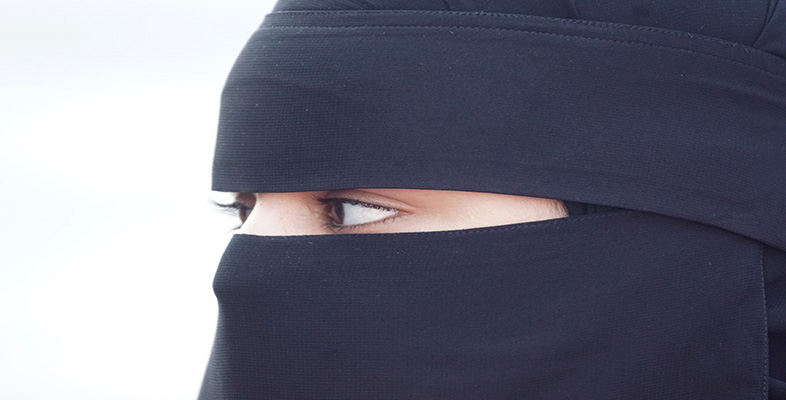4 Case study: Veiling in Kerala
To conclude your work on this course, you are going to explore some of the issues it has raised in relation to the specific local context of the city of Kozhikode (also known as Calicut) in the South Indian state of Kerala, an example of a cultural context that is very different from North America or Europe.
Activity 7
The film ‘Veiling in Calicut’ explores how Muslim women negotiate notions of choice, empowerment, piety, modesty, tradition and fashion in this specific local context. The film also provides some insight into how the local fashion retail industry has responded to the ‘pardah craze’.
As you are watching this film, pay particular attention to how the women interviewed explain when and why they have adopted different styles of hijab or pardah.
Transcript: Veiling in Calicut
Discussion
The women interviewed mention a range of different motivations for adopting different styles of veiling. Razeena says that she felt she should adopt a stricter dress code when she got married because she saw other women doing this. Razeena’s husband Auswaf argues that veiling is more of a cultural than a religious issue. Asma, by contrast, explains that she started wearing the hijab because she ‘read the scriptures’. There is reference to the fact that some women are pressurised or forced by their families to veil, but all of the women interviewed stress that this was not their experience and that donning the hijab or pardah was their own decision. Marwa argues that wearing the black pardah makes her feel protected, safe, confident and free. Asma finds wearing a hijab as a working woman ‘comfortable’.
Many of the women say that they have experimented with and adapted different styles of veiling, finding different ways of combining their wish to follow Islam and dress modestly with being stylish and with ‘the Indian way of dressing’ (Asma). Most of the women interviewed explain that they have gone through numerous shifts in their veiling styles, which were often prompted by entering a new stage in their lives, such as getting married (Razeena), going to university (Marwa), or qualifying and working as a doctor (Asma).
From the film, it also becomes clear that the women adopt different styles of dress in different social situations. There are, for example, special occasions, such as being at prayer, or attending a wedding, where special outfits are worn. The women also wear different clothes and do not wear a mafta (headscarf), pardah or hijab when they are at home with their family (without the presence of a film crew) or among female friends.
